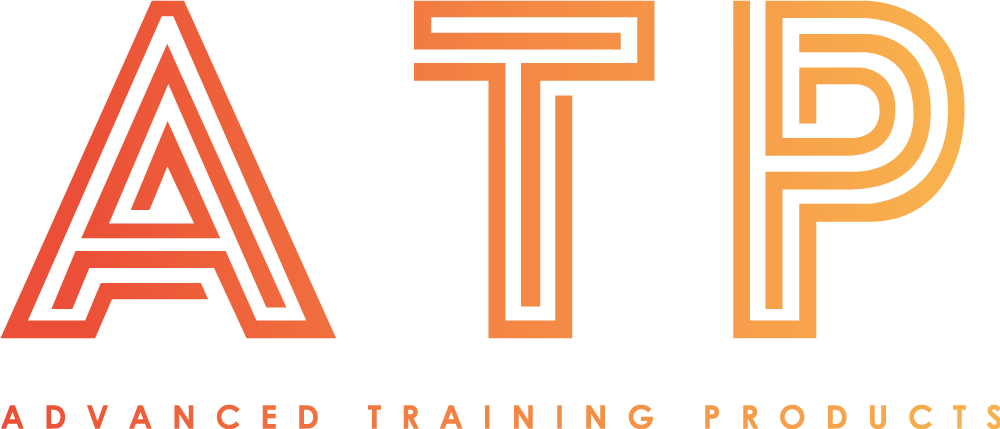White Papers and Press Releases
At Advanced Training Products, we're committed to empowering organizations with the knowledge and tools they need to create safer, healthier workplaces. Our thought leadership resources provide valuable insights into a range of topics, including:
- Total Worker Health® initiatives
- Workplace impairment prevention
- Reasonable suspicion protocols
- Cannabis legalization and its impact on the workplace
Stay informed and stay ahead with our expert analysis and actionable advice.
Keep up with the latest industry news through our press releases below.
Most Common Causes of Workplace Impairment
Introduction
Workplace impairment encompasses a range of conditions that diminish an individual's ability to function effectively and safely in the work environment. These impairments can be caused by a variety of factors, including substance use, physical conditions, and mental health issues.
Workplace Impairment: A Hidden Cost with Far-Reaching Consequences
Workplace impairment, encompassing physical, mental, and behavioral conditions that diminish an individual's ability to function safely and effectively, poses a substantial financial burden on employers. Studies estimate that workplace impairment costs U.S. businesses an estimated $225.8 billion annually, encompassing direct costs such as absenteeism, presenteeism, and healthcare expenses, as well as indirect costs such as accidents, injuries, and lost productivity due to turnover.
This financial impact extends beyond direct costs. Impaired employees are more likely to experience accidents, file workers' compensation claims, and create a hostile or unsafe work environment, leading to increased insurance premiums, legal expenses, and reputational damage. Additionally, impaired employees may struggle to meet deadlines, contribute effectively to team projects, and maintain high-quality work, hindering overall productivity and organizational success.

A multifaceted approach is vital to tackle the intricate issue of workplace impairment. We must transcend a singular focus on specific causes and acknowledge the interconnectedness of factors impacting employee well-being. From substance abuse to chronic stress and sleep deprivation, the landscape of impairment demands a holistic perspective. Organizations must actively cultivate environments that prioritize employee well-being, weaving preventative measures and supportive resources into the very fabric of work culture. This necessitates transparent communication, readily accessible tools for stress management and mental health support, and an unwavering commitment to fostering healthy lifestyle choices. By prioritizing employee well-being and safety above all else, we can reimagine workplaces not as spaces where impairment arises, but where individuals and organizations thrive in a culture free from its shadow.
Some Causes of Workplace Impairment
While assessing impairment typically uses a behavioral, physical, and mental framework, categorizing impairing substances often reveals four distinct groups: chemical, physical, psychosocial, and work environment related. This discrepancy highlights the complex interaction between substances and human function, prompting a broader understanding of impairment beyond traditional measures.
Please note: This table is not exhaustive and there may be other causes of workplace impairment not listed here. It is important to seek professional help if you are experiencing any of these issues.

Other Factors
Beyond the initial culprits, hidden shadows can also cloud workplace performance. Poor ergonomics, like punishing workstations, can sow fatigue and strain. Inadequate training leaves the door open for accidents and errors, while communication gaps breed confusion and mistakes. And finally, an excessive workload, relentless deadlines and all, can cultivate stress, fatigue, and burnout, further jeopardizing workplace well-being.
Factors can include:
- Workplace Hazards: Exposure to physical hazards, such as toxins, noise, and extreme temperatures, can impair sensory perception, cognitive function, and overall health.
- Ergonomic Issues: Poor workplace design and improper work practices can lead to musculoskeletal strain and discomfort, affecting comfort, productivity, and safety.
- Work-Life Imbalance: Difficulty balancing work and personal life can lead to stress, fatigue, and emotional distress, contributing to impairment.
- Workplace Culture: A toxic or unsupportive workplace culture can exacerbate existing impairment factors and hinder effective coping mechanisms.
Combating workplace impairment is not simply a matter of ticking boxes. By embracing a proactive and holistic approach, organizations can weave together threads of prevention that address the spectrum of risk factors, from chemical dependence to environmental stressors and individual well-being concerns. Through this comprehensive tapestry, a safer, healthier, and more productive work environment emerges, benefiting not just individual employees but the entire organization's vitality and success. Remember, a vibrant workplace thrives on the collective well-being of its human elements, and actively cultivating an impairment-free ecosystem is the cornerstone of achieving that prosperity.
Certain states like New Jersey have established the role of the Workplace Impairment Recognition Expert ("WIRE") to help address these issues. Advanced Training Products offers an innovative solution: WIRE Certified Training™.

